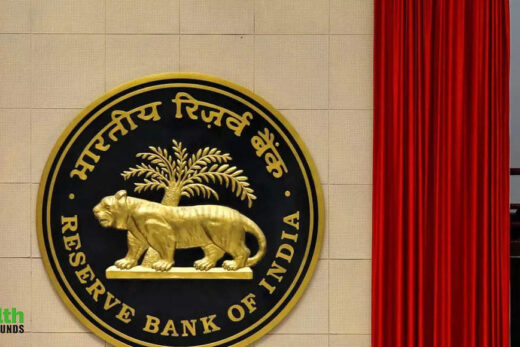Ahead of demonetisation, a study conducted by Indian Statistical Institute Kolkata estimated that ₹70 crore worth of fake currency was pumped into the economy every year. Though demonetisation temporarily reduced its volume, seizure of fake currency have risen consistently since 2017, barring 2018. As per the National Crime Records Bureau, high quality fake currency seized in 2020 was more than ₹92.17 crore, compared to ₹25.39 crore in 2019, ₹17.95 crore in 2018, ₹28.10 crore in 2017 and ₹15.92 crore in 2016, the year of demonetisation.
Fake ₹2,000 notes made up the large part of seizure conducted by the state police, National Investigation Agency and Directorate of Revenue Intelligence. “The forensic analysis of fake ₹2000 notes revealed that features such as the transparent area, watermark, Ashoka Pillar emblem, ‘₹2000’ printed on the left, and the guarantee clause with the RBI governor’s signature were replicated. However, in many cases, the quality of FICN was found to be low, printed with help of printers and scanners,” a senior government official said.
DRI analysis indicated that there has been improvement in the quality of fake notes seized. Union home ministry officials said several steps have been taken to curb circulation of fake currency. In 2015, India signed a MoU with Bangladesh to prevent and counter smuggling and circulation of fake notes. It was then followed by setting up of FICN Coordination Group at North Block to share intelligence among security agencies of Centre and states. Subsequently, a dedicated Terror Funding and Fake Currency Cell was constituted in NIA to conduct focused investigation of terror funding and fake currency cases. NIA has registered 12 cases on seizure of high quality fake Indian currency in recent years. “We have also strengthened security at the international borders by using new surveillance technology, deploying additional manpower, establishing observation posts,” an official said.



